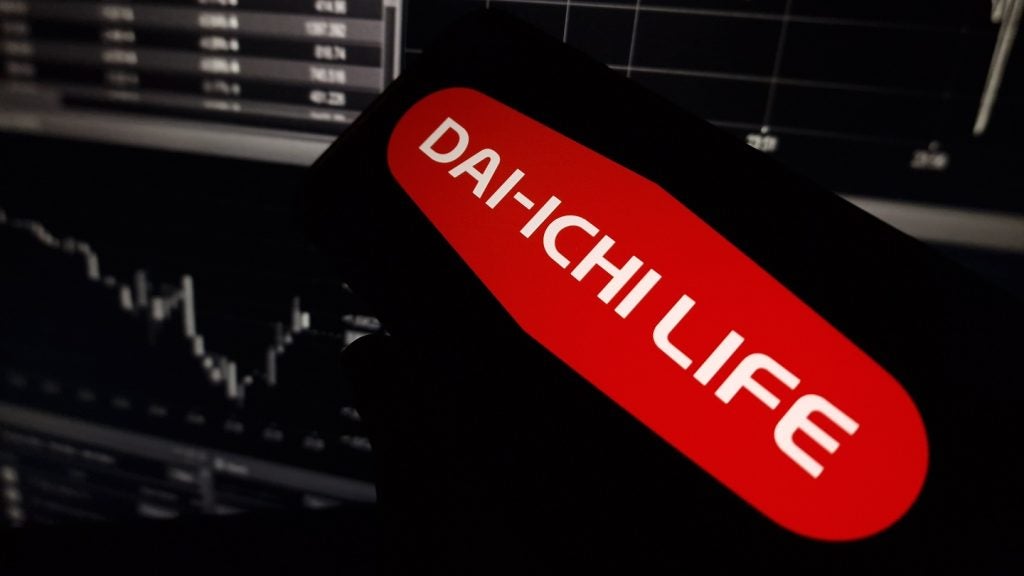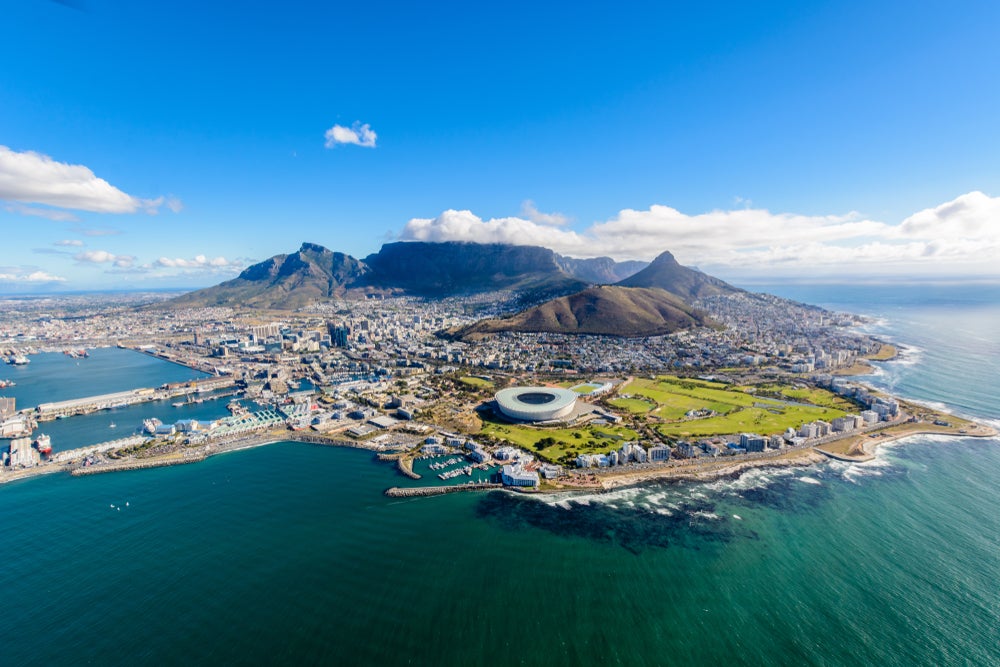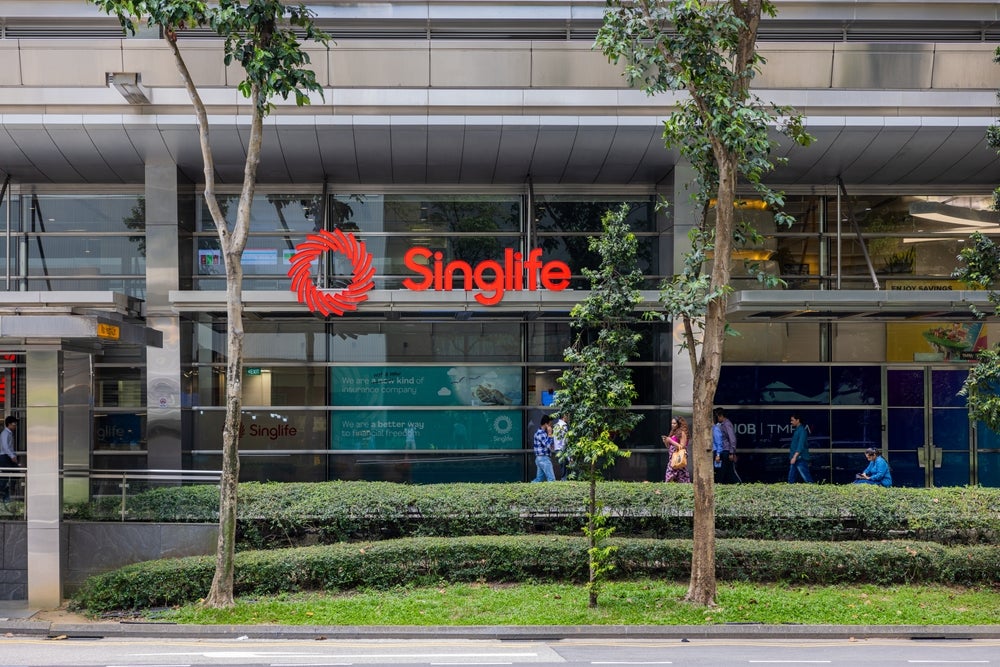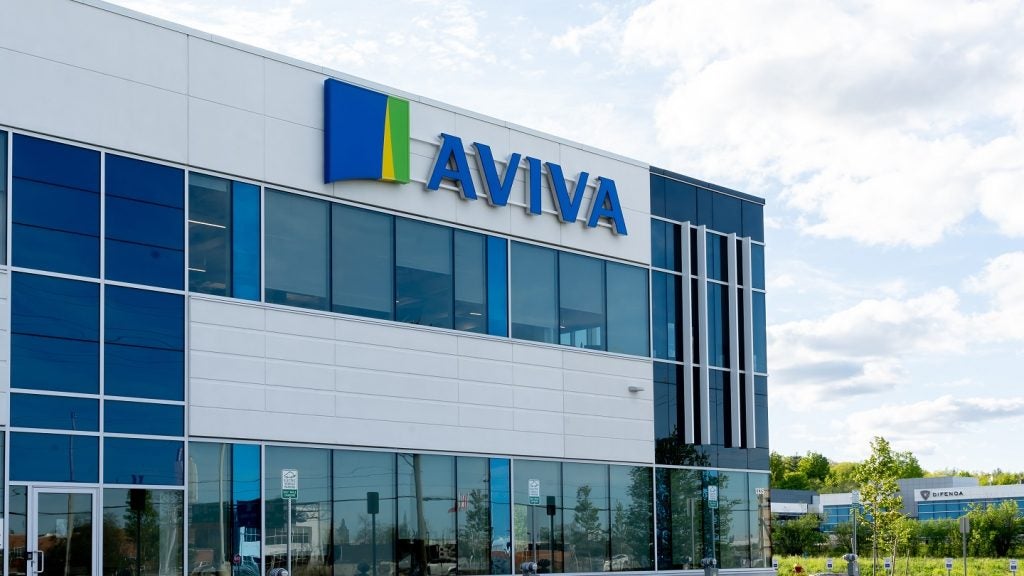
In an era when emerging markets are attracting strong interest from insurers Africa stands as the last frontier. Small by world standards, Africa’s insurance markets – particularly those in sub-Saharan Africa — have significant growth potential believe players such as Brian Blake, vice chairman of Marsh Africa, a unit of insurance broking and risk management company Marsh & McLennan Companies (Marsh).
"When I first came to Africa 30 years ago political systems and currencies were unstable," says Blake. "But today all the signs are positive. There is far more stability, economic growth is strong and insurance markets are on a sustainable growth path."
In a continent of 54 countries and 1bn people, South Africa with a population of 50m dominates the insurance scene. Based on data from Swiss Re, South Africa generated premium income of $41.52bn in 2011 while the remainder of the African insurance market trailed with a total of only $15,7bn — $4.765bn life and $10.94bn general insurance.
But Africa’s emerging insurance markets are playing catch up. Swiss Re data show life insurance premium income excluding South Africa over the 10 years to 2011 grew at a CAGR of 16.1% while general insurance premium income recorded a CAGR of 13.3%.
Numerous factors are combining to drive premium growth, not least being a burgeoning middle class underpinned by robust GDP growth. Putting the potential into perspective the McKinsey Global Institute forecasts the number of African households with annual discretionary incomes of $5,000 or more to rise from 85m at present to over 128m by 2020.
McKinsey forecasts total consumer spending to rise by $540bn between 2008 and 2020 to $1,4trn while total GDP over the period is expected to rise by $1trn to $2.6trn.
How well do you really know your competitors?
Access the most comprehensive Company Profiles on the market, powered by GlobalData. Save hours of research. Gain competitive edge.

Thank you!
Your download email will arrive shortly
Not ready to buy yet? Download a free sample
We are confident about the unique quality of our Company Profiles. However, we want you to make the most beneficial decision for your business, so we offer a free sample that you can download by submitting the below form
By GlobalDataHelping to drive general insurance and reinsurance demand, GDP growth is being accompanied by strong infrastructure spending, particularly in areas such as telecoms, transport, mining and the oil and gas industry. According to the African Development Bank, annual infrastructure spending is about $45bn, a level the bank believes should be more than doubled to meet Africa’s requirements.
It all sets the stage for sustained, strong growth in the insurance industry, more so given low insurance penetration. Excluding South Africa and Namibia, penetration of life insurance in 2011 in Africa’s seven largest markets averaged 0.35% of GDP, reports Swiss Re. In general insurance penetration averaged 1.3% of GDP in the seven countries.
In what is Africa’s potentially largest insurance market, oil-rich Nigeria, life penetration in 2011 was a mere 0.2% of GDP and general insurance penetration 0.5% of GDP. With a population of over 160m, Nigeria is Africa’s most populous country and in terms of GDP is predicted to overtake South Africa as the largest African economy by around 2020.
Putting another perspective on low penetration, non-profit organisation FinMark Trust reports that in Kenya, Africa’s eighth largest insurance market and one of its most developed, only 6.8% of adults have a formal insurance product.
While many foreign insurers such as Allianz, AXA, American International Group, Generali, Old Mutual and Zurich have long had operations in Africa its insurance market is attracting a new wave of foreign players with the charge led by South African insurers and banks. All major South African financial services groups are operating in Africa, says Hein Werth CEO of the Developing Markets division of Sanlam, South Africa’s second-largest life insurer.
Primarily through joint ventures with local players Sanlam is active in eight African countries: Botswana, Namibia, Malawi, Nigeria, Tanzania, Ghana, Uganda and Nigeria. Sanlam’s focus, says Werth, is on life insurance with its line up including funeral cover – a core product in Africa — annuities, savings products and consumer credit payment protection. General insurance, he adds, is offered in alliance with Santam, Sanlam’s 60% owned general insurance subsidiary.
Of South African players MMI Holdings, the country’s third-largest life insurer, has the biggest footprint through its Metropolitan International unit which has operations in 12 sub-Saharan African countries. The insurer’s reach was extended to 23 countries in November 2012 through an alliance with Allianz enabling it to market employee benefits products to multi-national corporates through Allianz’s West and Central African operations.
Other foreign groups are also paying increasing attention to Africa, among them Barclays through its South African banking subsidiary Absa. The first move was in Botswana where Absa launched a composite insurance operation in March 2011. Absa followed this with the acquisition of 100% of Mozambique composite insurer Global Alliance Seguros in September 2011 for ZAR115m ($14m) and the launch of Barclays Life Zambia in August 2012.
Global reinsurers such as Swiss Re, Munich Re, Hanover Re and Gen Re have long-established operations in Africa, all headquartered in South Africa. Lloyds is also acutely aware of Africa’s potential. Speaking at a recent conference, Lloyd’s Southern, Eastern Europe and Africa head, Enrico Bertagna said: "[Africa] is a natural home for the specialist insurance and reinsurance at which the Lloyd’s market excels."
Marsh is also taking the Africa growth story seriously, acquiring the brokerage businesses of South African group Alexander Forbes in September 2011. The deal brought with it Alexander Forbes’ sub-Saharan broking unit AfriNet’s operations in Botswana and Namibia. "Marsh has long been represented in Africa but through AfriNet is now positioned to follow a pro-active strategy," says Blake.
Marsh followed the initial deal by acquiring AfriNet’s Zambian and Uganda operations and is set to acquire AfriNet’s remaining operations in Malawi, Mozambique and Nigeria. "We are still putting our African together," says Blake. Marsh’s strategy, he explains, is to build resources in its African head office in Johannesburg, South Africa and distribute them through the network.
A key to success in Africa is to work closely with regulators and local insurers, stresses Blake. "Marsh does not want to create the image of a big global broker coming in and taking all the risk business out of a country," he says. "Regulators want to build sustainable local insurance industries and we want to work with them and insurers to help them achieve this."
A speech by Ghana’s commissioner of insurance Nyamikeh Kyiamah in November 2012 underscored the need for foreign insurers to be proactive in developing local markets. Quoted by the Ghanaian media, she said: "The presence of foreign companies has had some undesirable effects, and I urge all foreign investors in the insurance industry to conduct their operations in a manner that will optimise the benefit of foreign direct investment for both parties."
Some foreign insurers, Kyiamah added, conduct businesses in a manner resulting in substantial premiums which could be retained in Ghana leaving the country through "pseudo reinsurance" arrangements. According to Kyiamah there are 23 general insurers, 17 life insurers and two reinsurers licenced in Ghana. Of the total 16 are foreign, up from only two at the end of 2006.
Werth says Sanlam is experiencing particularly strong growth in newly oil-rich Ghana which is expected to enjoy GDP growth of over 8% in 2012. Sanlam has a 49% stake in Ghana’s largest private insurer, Enterprise Life. Sanlam’s strategy, Werth adds, is to retain a high proportion of life risk on the books of its African operations.
It is important, says Blake, to gauge how much risk an emerging insurance industry can retain without putting undue strain on it. "Multi-nationals also want to be happy with insurers they entrust their business to," he adds.
Local insurance industries can generally cope where risk pools are large such as in the life, motor and property sectors, says Blake. But when it comes to industries such as oil capacity is a constraint. "It’s a case of no claims or extremely big claims," he says.
Africa’s largest oil producer, Nigeria’s Local Content regulation under which 40% of oil and gas risk is required to be retained by local underwriters presents an interesting example. In practice, this amounts to control by local insurers rather than them assuming the bulk of the risk. "Nigerian insurers tend to act as fronting companies, retaining less than 5% of each [oil and gas] risk," notes rating agency AM Best.
Because most African insurers are small their use of reinsurance for corporate risks in general tends to be very high. In Nigeria, for example, AM Best notes market leaders Custodian & Allied Insurance and Leadway Assurance had gross written premium income of only $90.4m and $110.5m, respectively, in 2011. Custodian & Allied’s business retention ratio was 40.3% and Leadway’s 53.7%.
Blake says it could take 10 years or more for many African countries’ insurance industry’s to build sufficient capacity to retain high levels of risk on their books. "We believe we can use our experience in other developing insurance markets to assist," he says.
Insurance regulation in sub-Saharan Africa also has a long way to go. AM Best sums up the situation: "The insurance regulatory environments through most of Sub-Saharan Africa are in a relatively early stage of development, working toward compliance with international standards." The legal framework for insurance industries is also underdeveloped in many countries, adds the rating agency.
Werth points to another problem confronting insurers in Africa: a lack of data. "It is not unusual for data to be two or more years old," he says. "Sometimes we do not even know what our market share is."
African regulators were taken to task by lhaj Ibrahim Lubega, CEO of the Ugandan Insurance Regulatory Authority and chairman of the East Africa Insurance Supervisory Association, at a conference held in Nairobi, Kenya in June 2012. "The current regulatory system in the region [Sub-Saharan Africa] has not kept pace with changes in the insurance marketplace and in many African countries undermines consumer confidence," said Lubega. "Lack of effective supervision also discourages investors from supplying capital, retards insurance market efficiency and dampens industry development."
Lubega continued that most regulators have focused on insurers’ compliance with accounting prescriptions rather than prudence of their management and overall financial risk. Solvency margins, regulations on corporate governance, internal controls and risk management also deviate from international best practice, he added.
"It is inevitable that suboptimal consumer decisions, excessive insolvency risk and abusive market practices such as undercutting and non-payment of claims are apparent," Lubega stressed. Also lacking in most of Africa is harmonisation of countries’ regulatory frameworks, Lubega noted.
The example for regulatory harmonisation in Africa was set by the 13 Francophone African countries —Benin, Burkina Faso, Cameroon, Central African Republic, Chad, Equatorial Guinea, Congo, Gabon, Ivory Coast, Mali, Niger, Senegal and Togo — which adopted the Conference Interafricaine des Marches d’Assurances (CIMA) in 1995. CIMA now has 15 signatory countries.
According to the World Bank, under CIMA a single set of insurance laws is applicable in member states. In addition, member states have transferred nearly all their powers to a single regulatory oversight authority, the Commission Régionale de Contrôle Des Assurances.
Moves towards harmonisation of insurance laws and regulation are now underway among member states of the East African Community: Burundi, Kenya, Rwanda, Tanzania and Uganda.
In the Southern African region Southern African Development Community (SADC) "regulators are talking to each other," says Blake. There are 15 SADC member states.
A key move in this direction was taken by Botswana which hosted the first Southern African Insurance Conference in Gaborone in August 2012. Botswana, notes Werth, has one of Sub-Saharan Africa’s best insurance regulatory frameworks and is bettered only by those of South Africa and Namibia.
"SADC countries are looking to South Africa which is setting the standard for regulation and enforcement," says Blake. "The biggest hurdle African regulators face is a lack of skills but they will come over time."
South Africa has set a high standard to follow including Solvency Assessment and Management, its equivalent of the European Union’s Solvency II regulatory regime, now in the final stages of implementation. Also underway is Treat Customers Fairly regulation. In their final implementation phase are the Financial Advisory and Intermediary Services Act regulating financial advisers and Binder Regulations governing the relationship between insurers and brokers.
For insurers considering Africa, Blake cautions: "Africa is not for the feint hearted." But for those willing to take the plunge, he adds: "The bigger the challenge the bigger the opportunity."







